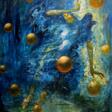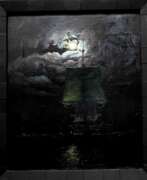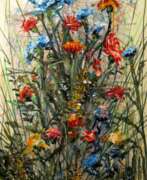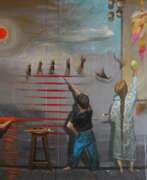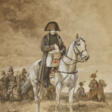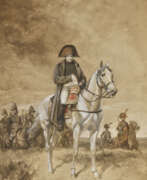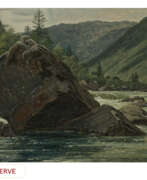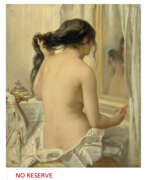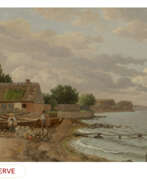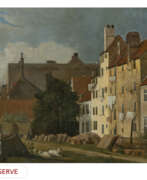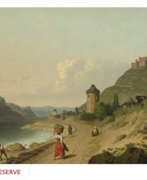Romanticism

Romanticism
Romanticism, originating in late 18th-century Europe, marked a decisive shift from the rational, classical ethos of the Enlightenment to a celebration of the individual, the emotional, and the sublime. Flourishing in France and Britain in the early 19th century, the movement encompassed art, literature, and music, with artists like Eugène Delacroix leading the way with iconic works such as "Liberty Leading the People".
Romanticism's core lay in its emphasis on nature, the irrational, and the imaginative, often featuring dramatic, emotive, and sometimes dark themes. This movement gave us some of the most renowned paintings in art history, such as Henry Fuseli's "The Nightmare," which bridged the gap from the Age of Reason to the Romantic era. Museums around the world, including the venerable Musée du Louvre and The Metropolitan Museum of Art, showcase masterpieces from this period, offering viewers a glimpse into the intense and passionate world of Romanticism.
The spirit of Romanticism continues to inspire and move audiences today, celebrated for its deep engagement with human emotion and the natural world. For art collectors and enthusiasts, Romantic-era works represent a valuable and enriching addition to any collection. To explore the passionate and vibrant works of Romanticism, sign up for our newsletter and immerse yourself in the profound beauty of this transformative art movement.
| Country: | Europe, France, United Kingdom |
|---|---|
| Start of the period: | XVIII century |
| End of the period: | XIX century |
